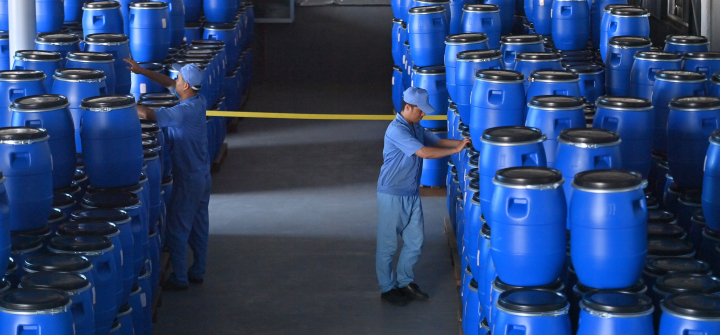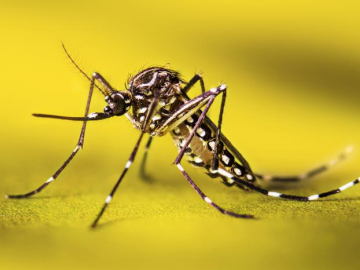Rising Resistance Threatens a Key Malaria Drug
In yet another ominous sign for malaria treatment’s prospects, the malaria parasite is acquiring partial resistance to a key medication used to care for children experiencing severe malaria, according to a study published today in JAMA and presented at the annual meeting of the American Society of Tropical Medicine & Hygiene.
Major Findings
The study, led by Ugandan researchers Ruth Namazzi, MBChB, and Robert Opoka, MBChB, PhD, from Makerere University in Kampala, found partial resistance to the malaria drug artemisinin in 11 of 100 children treated for severe malaria. The finding is based on the fact that it took the drug more than five hours to reduce the parasite load by half—WHO’s definition of partial resistance.
In addition, the researchers found that 10 patients “cured” of severe malaria faced a resurgence of the same strain of the parasite within 28 days of the original infection—which implies the first treatment didn’t fully eliminate the parasite, said study coauthor Chandy John, MD, MS.
“We're seeing substantial artemisinin partial resistance, and it was related to a particular mutation of the PfK13 gene that's been associated with resistance in other studies,” said John. “So, the mutation was there, and in children who had the mutation, they had significantly longer time to clear the parasite. We knew this happened in uncomplicated malaria, but this is bad news for severe malaria.”
Researchers also noted that it took more than 72 hours to clear the parasites in two children—a duration that WHO defines as early treatment failure.
“So, by acquiring this resistance, the parasite is taking longer to clear, and then also maybe isn’t being cleared completely,” said John, director of the Indiana University School of Medicine Ryan White Center for Infectious Diseases and Global Health.
High Stakes
Any resistance to artemisinin in Africa is cause for serious concern: Some 95% of global malaria deaths occur in WHO’s African region, per the WHO. And three-quarters of those deaths occur among children under five.
However, whether or not the partial resistance will significantly impact malaria morbidity and mortality “remains to be seen,” said John. “The question is, how widespread is this and are we going to see even longer times for clearance than the ones we saw in the one kid that took five days to clear, and another kid that took four days to clear? If we do, that’s a big problem.”
He noted that the children had to stay longer in the hospital, but they did get better.
“We need studies to confirm whether other places are finding these elevated rates of artemisinin partial resistance and significant recrudescence,” John said, adding that “we’ll need to see what happens over the next couple of years to see just how bad this problem is in Africa.”
What’s next?
If longer artemisinin treatment is required to knock out the parasite, it would mean the drugs are losing their effectiveness. And that would prompt more discussion of future treatments, including the potential of adding yet another drug to the treatment regimen, switching to quinine treatment if there is not clearance with artesunate by 72 hours, or potentially switching back to quinine if artemisinin resistance becomes more pronounced. (Currently, standard practice for severe malaria is an initial IV infusion of artesunate followed by oral artemisinin combination therapy.) Using quinine would be a step back, because artesunate is known to reduce death from severe malaria better than quinine.
Join the 50,000+ subscribers in 170+ countries who rely on Global Health NOW summaries and exclusive articles for the latest public health news. Sign up for our free weekday newsletter, and please share the link with friends and colleagues.
Employees transfer barrels of artemisinin at a pharmaceutical company in southern China on Aug. 27, 2024. Huang Xiaobang/Xinhua via Getty Images





